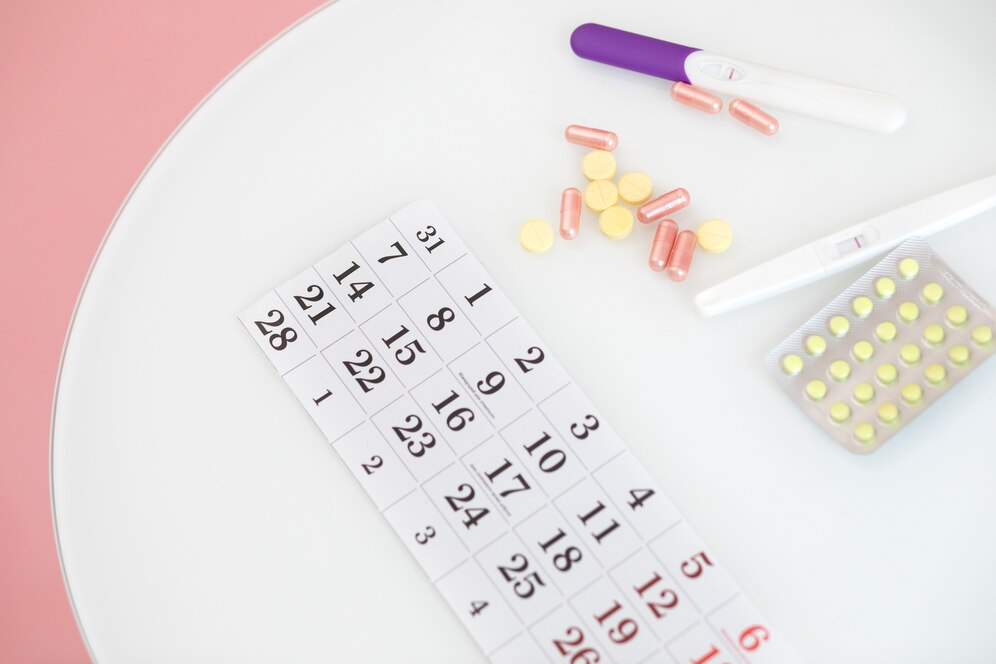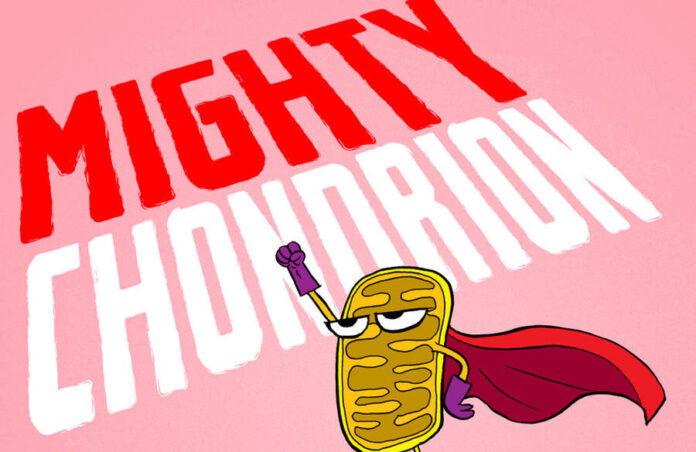By Frangiska Mylona,
In the previous article, the importance of mitochondria for the evolution of eukaryotic organisms, mainly due to their energy producing abilities, was analyzed in scrutiny. In fact, mitochondria were mentioned as the “energy producing treasures inside the eukaryotic cells”, and indeed, these semi-autonomous symbionts are proven to be vital for the maintenance of the organism’s normal homeostasis.
By digging further into the world of mitochondria, it is acknowledged that these powerful organelles also contribute to other aspects of the organism’s life. Specifically, studies indicated that they have the ability to differentiate, in terms of the genetic material, the monozygotic twins.
As it is known, the monozygotic twins are occasionally called the “identical twins“. They always have the same sex and they share a fair resemblance in terms of their appearance. Identical twins are the result of the fertilization of a single sperm with a single ovum where, after the fertilization, the zygote divides into two embryos, instead of one.

Monozygotic twins are considered to be genetically extremely similar, to the point where they cannot be differentiated by the use of forensic standard DNA profiling methods.
However, some researchers managed to prove that monozygotic twins could be differentiated by their mitochondrial DNA. In order for their studies to be fruitful, ultra-deep sequencing methods were used in samples from seven sets of monozygotic twins.
These samples were collected from the twins’ venous blood, saliva, and hair shafts, where scientists were able to detect different point heteroplasmy and nucleotide variants, especially in the hair shaft samples!

Another intriguing fact about the mitochondrial DNA is that it may “hold the key to longevity“. This “key” is solely confined in the mtDNA of some overage Japanese people.

This is a captivating finding of studies that targeted the mtDNA of some Japanese individuals that managed to exceed the one hundredth year of age, and as it was proven, they shared the same single letter mtDNA mutation.
This mutation is interlinked with the ETC and, particularly, with the Complex I. By recalling the electron transport function of the ETC, it is observed that electrons are not always efficiently transferred since some of them manage to escape in the mitochondrial matrix.
This phenomenon results in the formation of endogenous free radicals that can induce cellular damage and even cell death. The main “culprit” responsible for the production of these endogenous free-radicals in the ETC, is the Complex I.
Concluding, it seems that nature, or God for the religious ones, blessed these overage Japanese people with this mutation, which not only gifted them with longevity, but also reduced by 50 percent their risk of experiencing any age-related degenerative disease!
One last fascinating fact about the mitochondria is their connection with age-related infertility in women due to Coenzyme Q10 (CoQ10) deficiency.

To put it simply, CoQ10 has a crucial role in the electron transfer in the ETC, since it transfers electrons from the Complexes I and II to the Complex III. This transport of electrons is crucial for energy production in the form of ATP by the ATP synthase.
All biological women are blessed with the ability to bear children. From a physical standpoint, the “best” and most fertile ages for women are around the 18th to the 24th years of age. By the age of 31 to the age of 35, fertility starts to decline. The greatest reduction in fertility happens around the ages 36 to 40 and by the 45th year of age, the chances of conceiving are extremely small.

This phenomenon can be attributed to the fact that, as age progresses, less and less cellular energy is produced and the enzyme CoQ10 becomes progressively deficient, thus leading to some unfortunate outcomes. The ovum (or “egg” as it is known) may not be able to produce sufficient energy, and when it becomes fertilized by a sperm, the zygote will get aborted. In other cases, if there is sufficient energy that will not lead to miscarriage and is adequate enough to support the pregnancy, it may result in chromosomal abnormalities in the developing embryo.
In fact, data showed that the increased age of a pregnant woman can lead to an increased risk for the fetus to be born with trisomy 21 (or Down syndrome). By looking at the prevalence, 1 in 400 embryos are born with Down syndrome from mothers aged 35 years old and 1 in 100 embryos with Down syndrome is the offspring of a mother that has reached her 40th year of age.
As if age is not enough to reduce the production of CoQ10, medications, and dietary habits can also block its body synthesis. To name a few, drugs known as Statins can lower the body’s CoQ10 production, while vegetarian and vegan diets can reduce the levels of CoQ10.
To sum up, over the centuries, mitochondria became a strong symbiont for the body since their presence regulated many functions and aspects of the eukaryotic cell, and subsequently of human life. Maybe by studying and exploring more of this peculiar organelle, the future of understanding the human species even better and discovering new and efficient methods of treatment can be achieved. Mitochondria are much more than an organelle and a symbiont, they are part of the eukaryotic evolution and a powerful supporter of the species that are dependent on them.
References
- Lee Know. Mitochondria and the Future of Medicine: The Key to Understanding Disease, Chronic Illness, Aging, and Life Itself. Chelsea Green Publishing. Vermont. 2018
- Exploring rare differences in mitochondrial genome between MZ twins using Ion Torrent semiconductor sequencing. ScienceDirect. Available here
- Genetic epidemiological studies of longevity-associated mitochondrial DNA 5178 C/A polymorphism. National Library of Medicine. Available here
- Down syndrome (also called Trisomy 21). mn Department of Health. Available here




